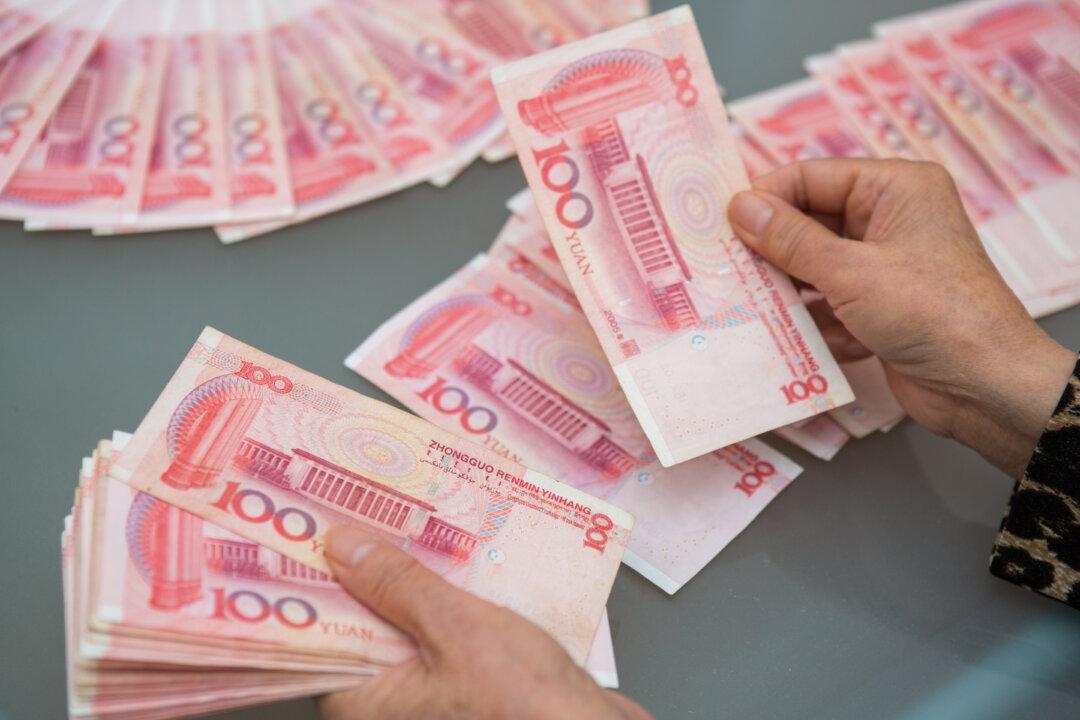Commentary
On Aug. 5, the U.S. Treasury declared China a currency manipulator for allowing its currency, the yuan or renminbi, to fall below the 7:1 value exchange against the U.S. dollar.

On Aug. 5, the U.S. Treasury declared China a currency manipulator for allowing its currency, the yuan or renminbi, to fall below the 7:1 value exchange against the U.S. dollar.